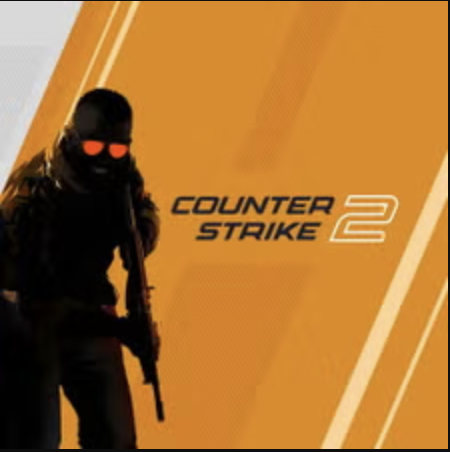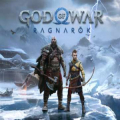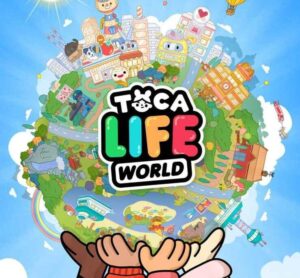Why Ash Ketchum Would Never Survive the Pokémon Games: A Cold, Hard Look at the Anime vs. Game Logic
Popular Now
 Valorant
Valorant
 EA SPORT FC 25
EA SPORT FC 25
 Rust
Rust
 Geometry Dash
Geometry Dash
 Stumble Guys
Stumble Guys
 Call of Duty
Call of Duty
 Auto X Drift Racing 3
Auto X Drift Racing 3
 Candy Crush Saga
Candy Crush Saga
 Fortnite
Fortnite
 NBA 2K24
NBA 2K24
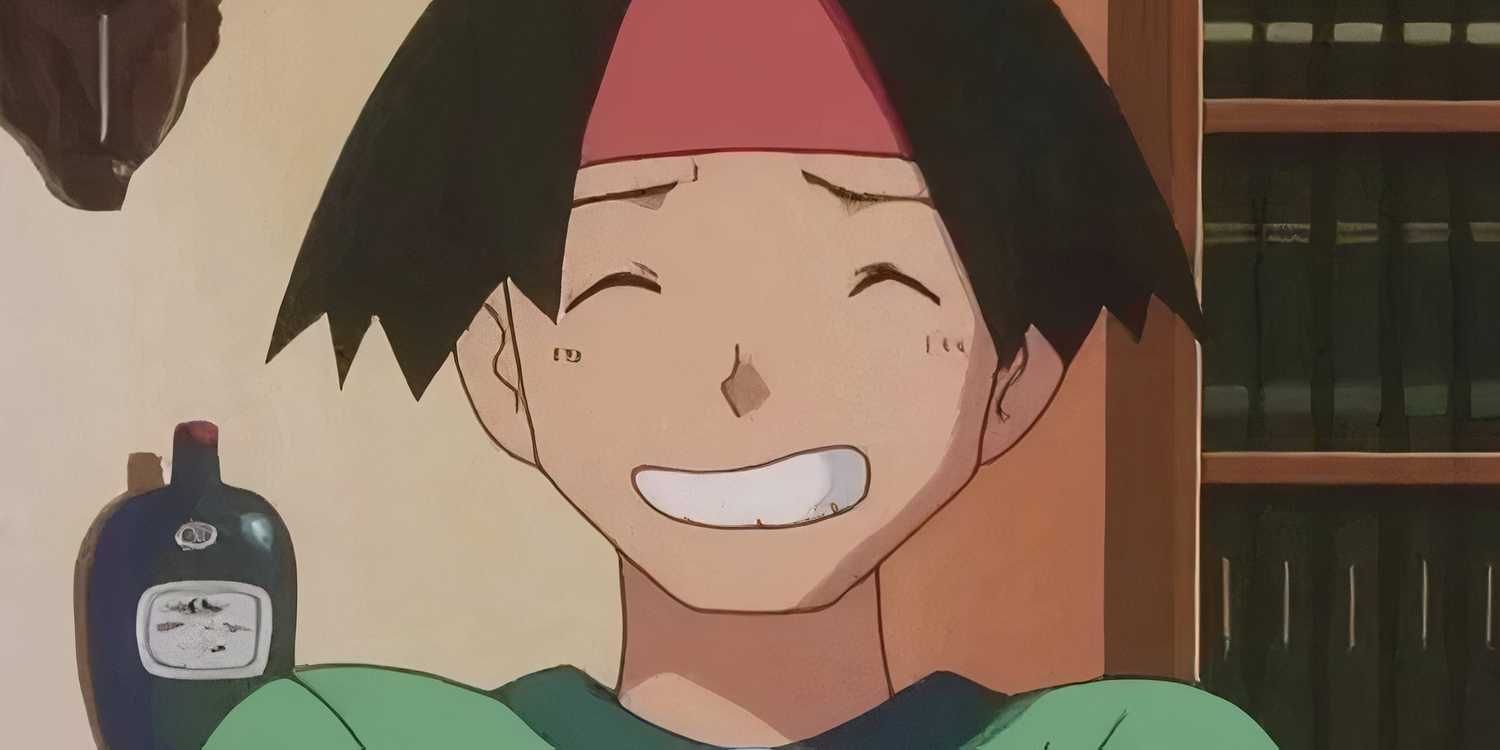 For over two decades, Ash Ketchum was the face of the Pokémon anime, a symbol of perseverance, friendship, and the eternal journey of a trainer. His victories, driven by the “power of friendship” and often unconventional battle strategies, captivated a generation of fans. However, the world of the Pokémon video games operates on a set of rules that are far more rigid and unforgiving than the anime. This stark contrast between anime logic and game mechanics leads to one undeniable conclusion: a trainer like Ash, with his unique style and lack of strategic depth, would be an absolute failure in the games. His journey would likely end not with a triumphant win, but with a swift and demoralizing defeat at the hands of the first few gym leaders.
For over two decades, Ash Ketchum was the face of the Pokémon anime, a symbol of perseverance, friendship, and the eternal journey of a trainer. His victories, driven by the “power of friendship” and often unconventional battle strategies, captivated a generation of fans. However, the world of the Pokémon video games operates on a set of rules that are far more rigid and unforgiving than the anime. This stark contrast between anime logic and game mechanics leads to one undeniable conclusion: a trainer like Ash, with his unique style and lack of strategic depth, would be an absolute failure in the games. His journey would likely end not with a triumphant win, but with a swift and demoralizing defeat at the hands of the first few gym leaders.
The differences between the two mediums are not just cosmetic; they are fundamental. The anime’s fluid, real-time battles, where trainers can issue commands for dodging and combination attacks, are a world away from the turn-based, stat-driven combat of the games. Ash’s reliance on his gut feelings and his Pokémon’s raw determination, while inspiring on-screen, would prove to be a disastrous strategy against a player who understands IVs, EVs, and Type matchups. Let’s delve into the specific reasons why the hero of the anime could not survive the challenges of the games.
The Tyranny of Game Mechanics: Stats, Levels, and Turn-Based Combat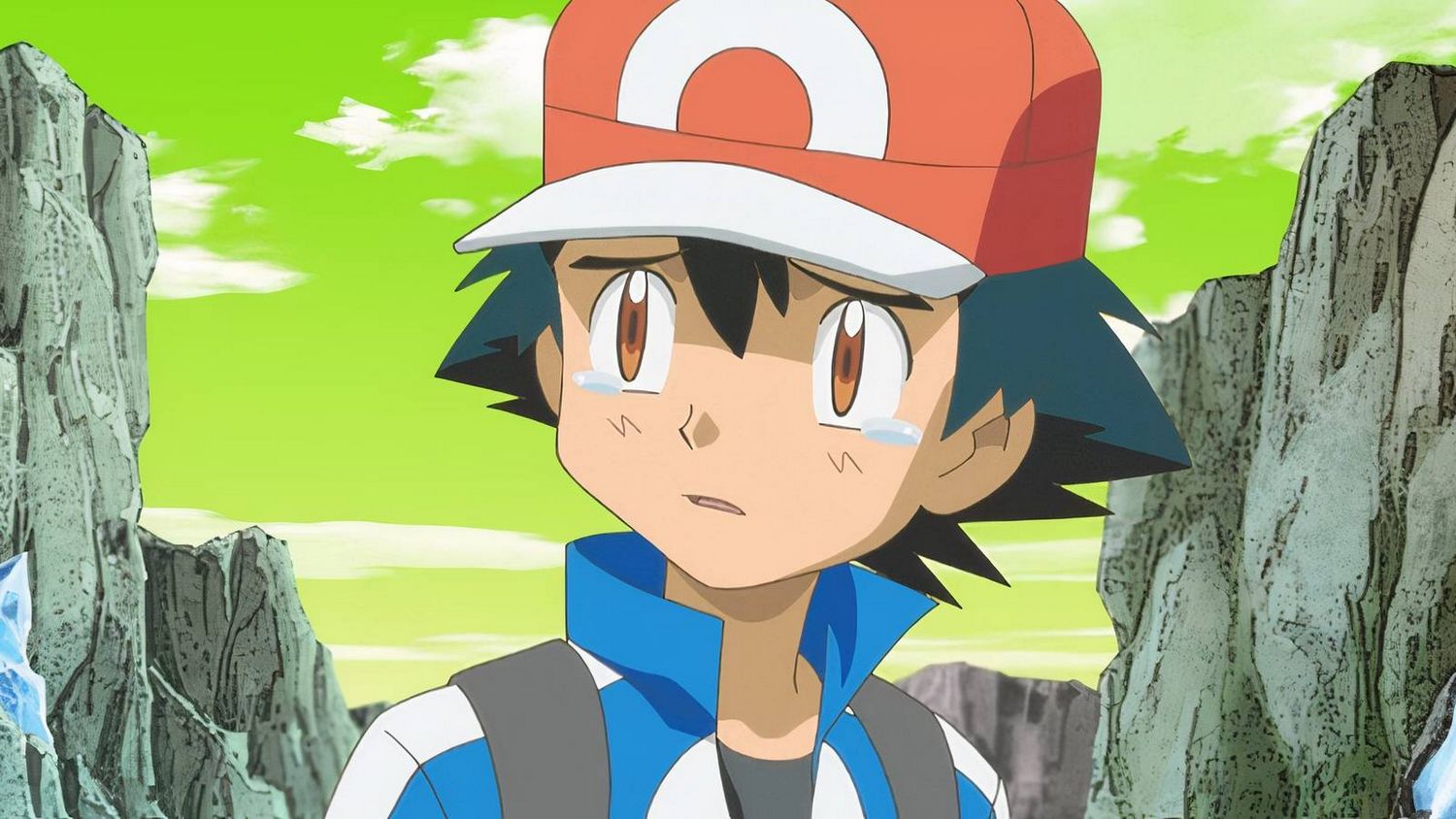
In the Pokémon games, success is determined by a concrete set of numbers and rules. This is the first and most significant hurdle for Ash. He would be completely lost in a world governed by mechanics that he has no concept of:
- Turn-Based Battles: In the anime, battles are dynamic, with both Pokémon and trainers acting in real-time. Ash’s famous “aim for the horn” strategy against Blaine’s Rhydon or his “counter shield” maneuver with Buizel would be impossible in the games’ strict turn-based system. A player cannot simply order their Pokémon to “dodge” an incoming attack. They would need to rely on the “Evasion” stat or the move “Protect,” neither of which Ash has ever been shown to prioritize.
- The Iron Law of Type Advantage: While Ash eventually learns about Type matchups, his understanding is often inconsistent, and he frequently relies on his Pokémon’s raw power to overcome a Type disadvantage. In the games, a super-effective attack can deal double the damage, while a not-very-effective attack deals half. Ash’s iconic moment of Pikachu shocking an on-screen Rhydon would be a textbook example of a failed strategy, as Rhydon’s Ground/Rock typing makes it immune to Electric-type moves.
- Levels and Evolution: The games are built on a progression system of levels, which directly correlates to a Pokémon’s power. Ash’s stubborn refusal to evolve many of his Pokémon, like his Bulbasaur, Squirtle, and most famously, his Pikachu, would put him at a massive disadvantage. A level 100 Pikachu, while powerful, simply cannot compete with a fully-evolved, strategically-trained Pokémon like Raichu or another opponent’s higher-level Pokémon. In the games, evolution isn’t just a character choice; it’s a critical part of a Pokémon’s power scaling and survival.
The Lack of Game-Ready Strategy and Team Composition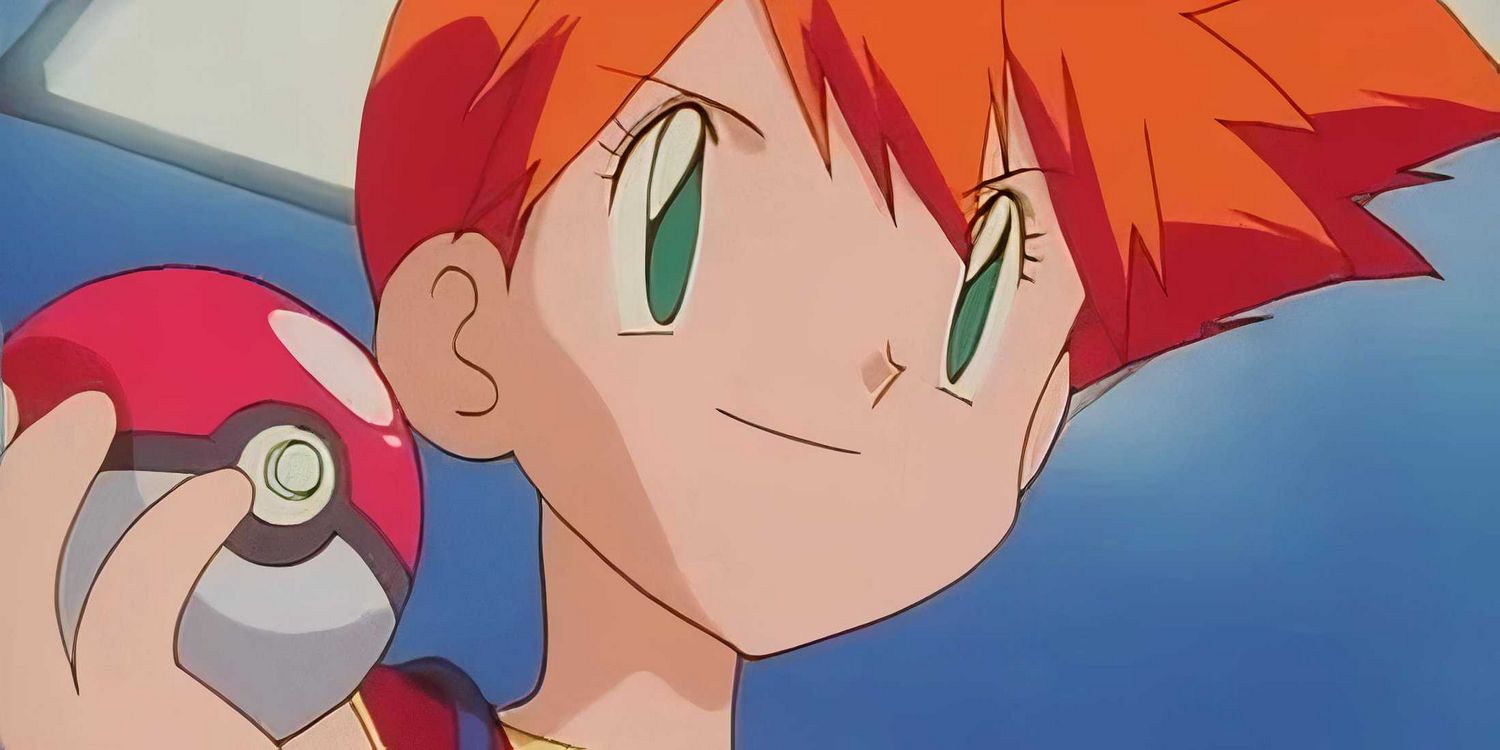
Ash’s strategy, or lack thereof, is another major reason for his potential failure in the games. He relies on heart and guts, but competitive gaming requires a calculated approach:
- No Tactical Diversity: Ash’s teams are often imbalanced and lack strategic synergy. The games’ top players build teams based on specific roles, such as tanks, sweepers, or support Pokémon. Ash’s teams are often a mix of Pokémon he caught because of their personality, not their strategic value. The “friendship” he has with his Pokémon, while admirable, has no statistical benefit in the games outside of specific mechanics like the “Affection” stat, which is not a core part of competitive play.
- Moveset Limitations: In the games, a Pokémon can only know four moves at a time. The anime often bends this rule, allowing Pokémon to use a variety of attacks. Ash’s Pikachu, for example, has been shown to know more than four moves at a time in the past. This would be a crucial limitation for him in the games, as every move has to be carefully chosen for maximum effectiveness.
- The Absence of Real-World Elements: In the anime, Ash frequently uses the environment to his advantage, like using a Quick Attack to scale a wall or creating a makeshift battlefield. These “creative” solutions simply do not exist in the games, where battles take place on a static, predefined field. This would severely limit Ash’s go-to tactics and force him into a rigid system he is not equipped to handle.
Conclusion: The Reality of the Pokémon World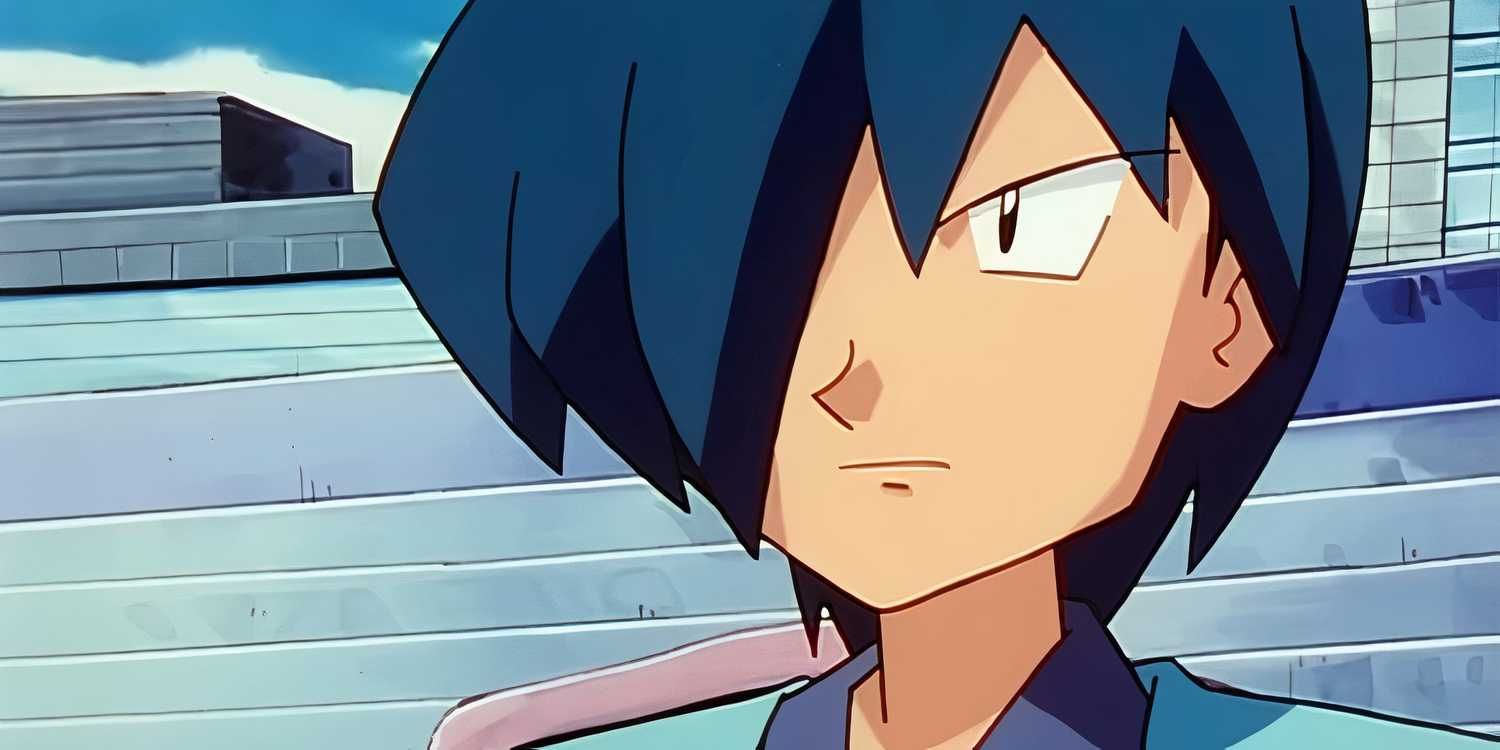
While Ash Ketchum’s journey in the anime is a heartwarming tale of a boy and his Pokémon, his approach to the world would not translate to a successful run in the games. The Pokémon games are a test of strategy, foresight, and a deep understanding of complex mechanics. Ash, with his reliance on instinct and his disregard for evolution and type advantages, would quickly be overwhelmed. The charm of the anime lies in its ability to break the rules for the sake of a good story. The games, on the other hand, are a testament to a world where those rules are absolute. Ash’s journey is a beautiful fantasy, but in the cold, hard reality of the video game world, he would never make it past the first few badges. The hero we know and love would be just another trainer on the path, destined for an early defeat.
